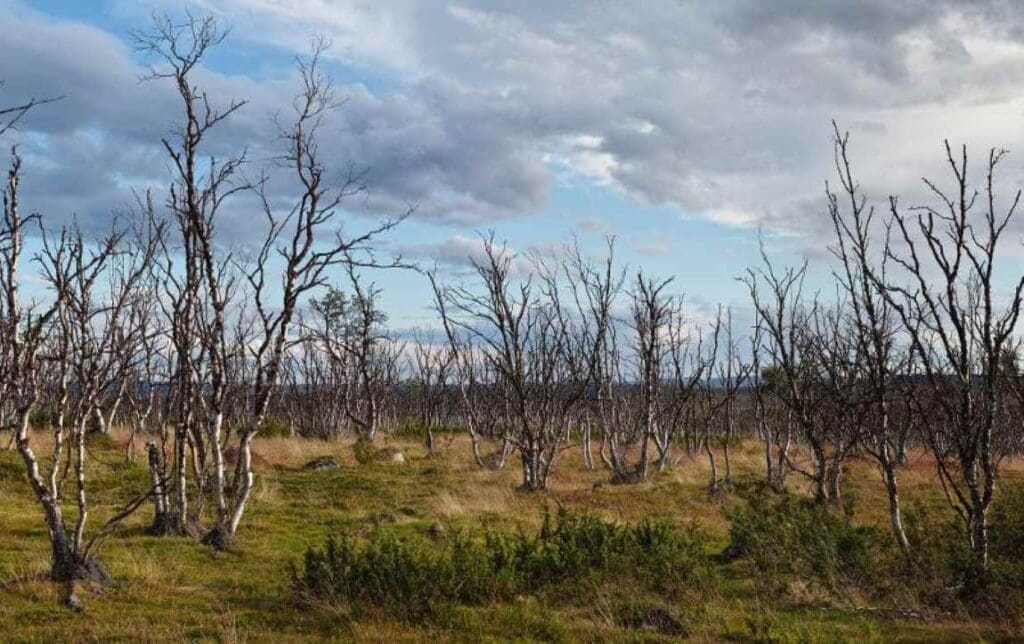A recent international study led by Ariane Arias-Ortiz from the Universitat Autònoma de Barcelona (UAB) has made significant strides in understanding methane gas emissions from tidal wetlands.
Published in Global Change Biology, the research analyzed methane fluxes in over 100 tidal wetlands and marshes across the United States.
The study identifies key environmental factors driving methane emissions, contributing to more accurate greenhouse gas accounting and improving climate models.
Tidal wetlands play a crucial role in ecosystems, contributing to biodiversity conservation, erosion control, and carbon dioxide (CO2) removal from the atmosphere. They also slow down the decomposition of organic matter in oxygen-poor, waterlogged soils. However, these same conditions promote the release of methane, a potent greenhouse gas with a higher heat-trapping capacity than CO2. Understanding and predicting methane emissions from these wetlands is vital to assess the overall climate impact of preserving or restoring these ecosystems.
The study, led by Arias-Ortiz of the UAB Department of Physics, and member of the Marine and Environmental Biogeosciences research group of ICTA-UAB, is the first to provide a large-scale, standardized dataset on methane fluxes in tidal wetlands.
The research includes comprehensive data on climate, vegetation, and water chemistry from 109 wetlands. According to Arias-Ortiz: “With this study we can offer data and methods for improving estimates of methane emissions in tidal wetlands and we can perfect national and global greenhouse gas inventories.”
One of the study’s key findings is the role of salinity in methane emissions. Saltier wetlands emitted lower levels of methane, while freshwater marshes exhibited more variable emissions. Warmer freshwater marshes released more methane, while wetlands less frequently inundated emitted less.
Besides that, seasonal temperature changes and plant photosynthesis also influenced methane emissions. Tidal wetlands displayed significant daily variations, with methane emissions peaking during low tide as trapped gas was intermittently released.
The implications of these findings are critical for improving methane emission models in tidal wetlands and better understanding how restoration projects in these ecosystems can mitigate climate change. Arias-Ortiz emphasized the importance of precision in methane estimates, particularly as tidal wetlands face growing pressures from human activity, rising sea levels, and global warming.
The research also benefits from contributions by Jaxine Wolfe of the Smithsonian Environmental Research Center (SERC) and the Coastal Carbon Network’s Methane Working Group. The data gathered from the field have been essential in carrying out the study.
Journal Reference:
Ariane Arias‐Ortiz, Jaxine Wolfe, Scott D. Bridgham, Sara Knox, Gavin McNicol, Brian A. Needelman, Julie Shahan, Ellen J. Stuart‐Haëntjens, Lisamarie Windham‐Myers, Patty Y. Oikawa, Dennis D. Baldocchi, Joshua S. Caplan, Margaret Capooci, Kenneth M. Czapla, R. Kyle Derby, Heida L. Diefenderfer, Inke Forbrich, Gina Groseclose, Jason K. Keller, Cheryl Kelley, Amr E. Keshta, Helena S. Kleiner, Ken W. Krauss, Robert R. Lane, Sarah Mack, Serena Moseman‐Valtierra, Thomas J. Mozdzer, Peter Mueller, Scott C. Neubauer, Genevieve Noyce, Karina V. R. Schäfer, Rebecca Sanders‐DeMott, Charles A. Schutte, Rodrigo Vargas, Nathaniel B. Weston, Benjamin Wilson, J. Patrick Megonigal, James R. Holmquist, ‘Methane fluxes in tidal marshes of the conterminous United States’, Global Change Biology 30 (9) (2024). DOI: 10.1111/gcb.17462
Article Source:
Press Release/Material by Universitat Autònoma de Barcelona
Featured image credit: Brian Forsyth | Pexels




